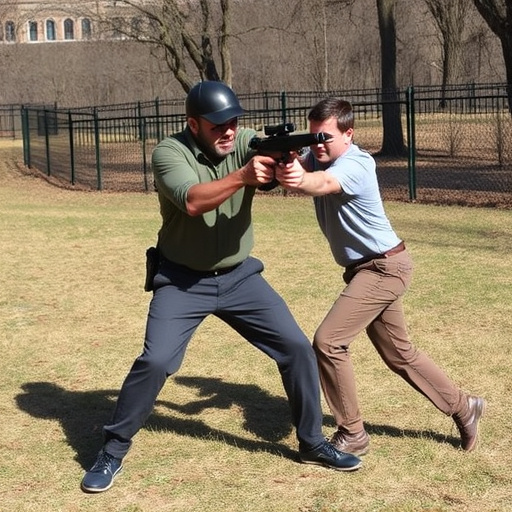Tasers and stun guns, though both non-lethal, differ in their operation and effectiveness. Tasers use electrical current over a longer range (up to 30 feet), while stun guns overload the nervous system within a shorter range (5-15 feet). For concealed carry, stun guns are popular due to their compact size and lower cost. Choosing between them requires considering power output, range, activation mechanisms, local legalities, personal needs, and safety features. The best concealed carry stun gun models should offer effectiveness, comfort, and compliance with local laws for optimal self-defense.
In today’s world, self-defense tools like Tasers and stun guns offer individuals added peace of mind. However, understanding their differences is crucial for making an informed decision on the best concealed carry stun gun model. This comprehensive guide delves into the intricacies of Tasers versus stun guns, exploring key technological distinctions, legal considerations, and practical applications. By the end, you’ll be equipped to choose the ideal self-defense tool that suits your needs.
- Understanding Tasers and Stun Guns: A Comprehensive Overview
- Key Differences Between Taser and Stun Gun Technologies
- Legal Considerations for Concealed Carry Stun Guns
- Choosing the Best Concealed Carry Stun Gun Model
- Pros, Cons, and Real-World Applications of Each Device
Understanding Tasers and Stun Guns: A Comprehensive Overview
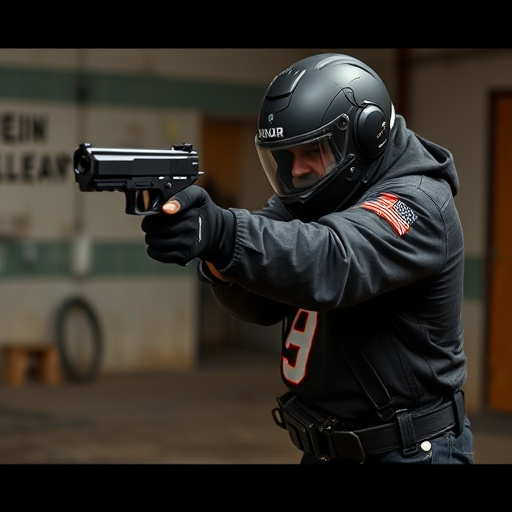
Tasers and stun guns are both non-lethal weapons designed to incapacitate an attacker, but they operate on different principles. Tasers, officially known as Electro muscular Disruption (EMD) devices, use electrical current to disrupt muscle control, causing temporary paralysis. They fire two probes connected to wires that deliver a high-voltage, low-current pulse, rendering the target immobile for several minutes. Stun guns, on the other hand, emit a powerful electric discharge that overloads the body’s nervous system, leading to intense pain and temporary numbness.
When considering the best concealed carry stun gun models, it’s crucial to understand their differences. Tasers are typically more expensive but offer a longer range (up to 30 feet) and can be used repeatedly with a single power source. Stun guns, often smaller and lighter, have a shorter range (usually 5-15 feet) but are generally less costly. Both options provide an effective means of self-defense, with stun guns being more discreet for concealed carry purposes due to their compact size, making them popular choices among those seeking the best in personal protection without drawing excessive attention.
Key Differences Between Taser and Stun Gun Technologies
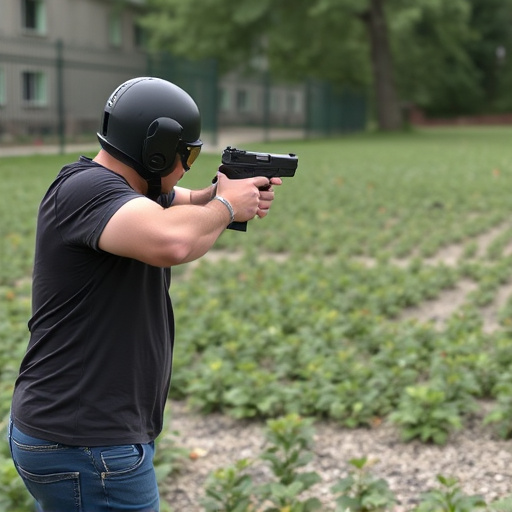
The Taser and stun guns are both non-lethal weapons designed to incapacitate an attacker, but they operate on distinct principles. A Taser uses electric current to disrupt muscle control, causing temporary paralysis. It fires two probes connected to thin wires that deliver a targeted electrical charge, making it ideal for crowd control or subduing resistant individuals. On the other hand, stun guns generate a strong electric pulse that disrupts nerve signals in the body, leading to momentary weakness and disorientation. This makes them more effective against close-range threats where direct contact is possible.
When considering the best concealed carry stun gun models, users often look for compact designs that offer similar protection without drawing too much attention. Key differences lie in power output, range, and activation mechanisms. Tasers generally have a longer reach and higher voltage, making them more suitable for distance control. Stun guns, with their direct contact requirement, tend to be smaller and easier to conceal but may have limited range and lower power settings. Each option has its advantages based on intended use cases, with the ideal choice depending on personal preference and specific self-defense needs.
Legal Considerations for Concealed Carry Stun Guns
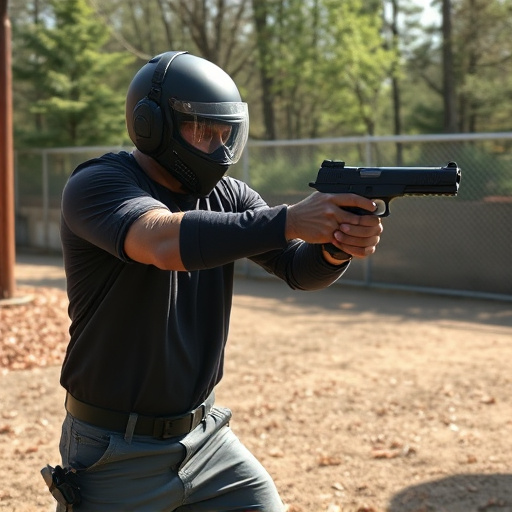
When considering a stun device for self-defense, understanding legalities is paramount, especially for those seeking concealed carry options. Each jurisdiction has its own set of regulations regarding the use and possession of stun guns or tasers, with specific restrictions on power output, size, and allowance for concealed carry. It’s crucial to research and understand these laws to ensure compliance and avoid legal repercussions.
Among the popular choices for best concealed carry stun gun models, several factors influence legality. Smaller, compact devices often appeal to those seeking discreet self-defense options. Some states permit concealed carry of stun guns with certain limitations, while others may require permits or have stricter regulations on power levels and prohibited areas for use. Staying informed about local laws is key when selecting a stun device, ensuring it aligns with your rights and responsibilities as a responsible owner.
Choosing the Best Concealed Carry Stun Gun Model
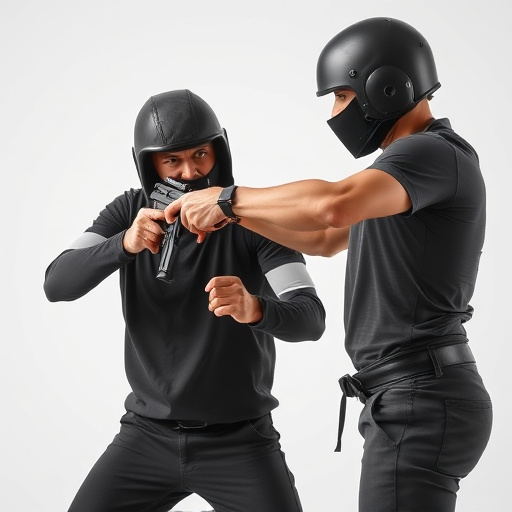
When selecting a concealed carry stun gun, it’s crucial to consider your specific needs and preferences. The best model for one user might not be ideal for another. Key factors include size, weight, power, and features like LED lights or a compass. Smaller, more discreet options are ideal for everyday carry, while those with higher voltage are better suited for self-defense scenarios.
Researching different brands and models can help you find the best concealed carry stun gun that offers both effectiveness and comfort. Look for reviews from reputable sources and consider factors like battery life, ease of use, and any additional safety features. Ultimately, the best model is one that you feel confident using in an emergency situation while ensuring it remains secure and out of sight.
Pros, Cons, and Real-World Applications of Each Device
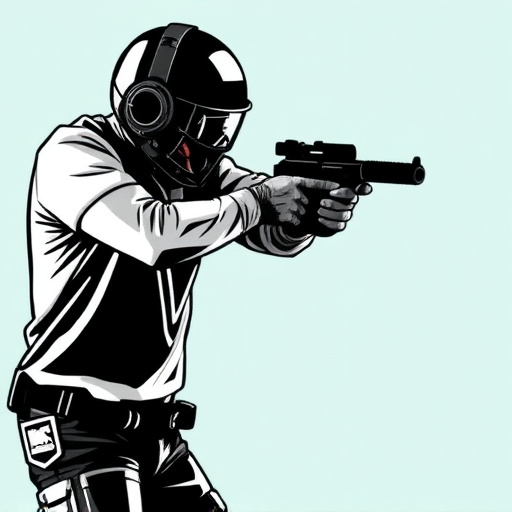
Taser vs Stun Gun: Pros, Cons, and Real-World Applications
When comparing a taser and a stun gun, both non-lethal self-defense tools, understanding their unique strengths and weaknesses is key. Tasers, known for their ability to temporarily disable through muscle contraction, offer a range of models suitable for concealed carry thanks to advancements in technology and design. Best concealed carry stun gun models prioritize compact size, high voltage output, and reliable performance. Pros include non-lethal force, quick deployment, and reduced risk of injury to both user and target. Cons may include higher cost, potential for double-amp lification (firing both probes), and legal restrictions varying by jurisdiction.
Stun guns, on the other hand, rely on high voltage electrical discharge to disrupt muscle control. They are generally more accessible and affordable than tasers, making them popular choices for personal protection. Pros include ease of use, no need for probes to make contact, and a wider range of styles suitable for various carrying preferences. Cons can include lower reliability in wet conditions, potential for stun failure, and limited range. Real-world applications for both devices span from self-defense scenarios to law enforcement situations, with each tool offering unique advantages based on specific needs, environments, and legal considerations.
When it comes to self-defense, both Tasers and stun guns offer unique capabilities. Understanding their distinct technologies and legal considerations is key to making an informed choice. For those seeking the best concealed carry stun gun models, evaluating pros, cons, and real-world applications will ensure you’re prepared for any situation. Remember, the right tool can make all the difference in your safety and peace of mind.
